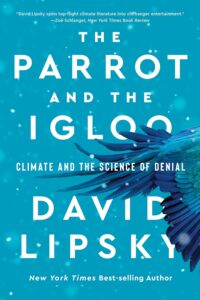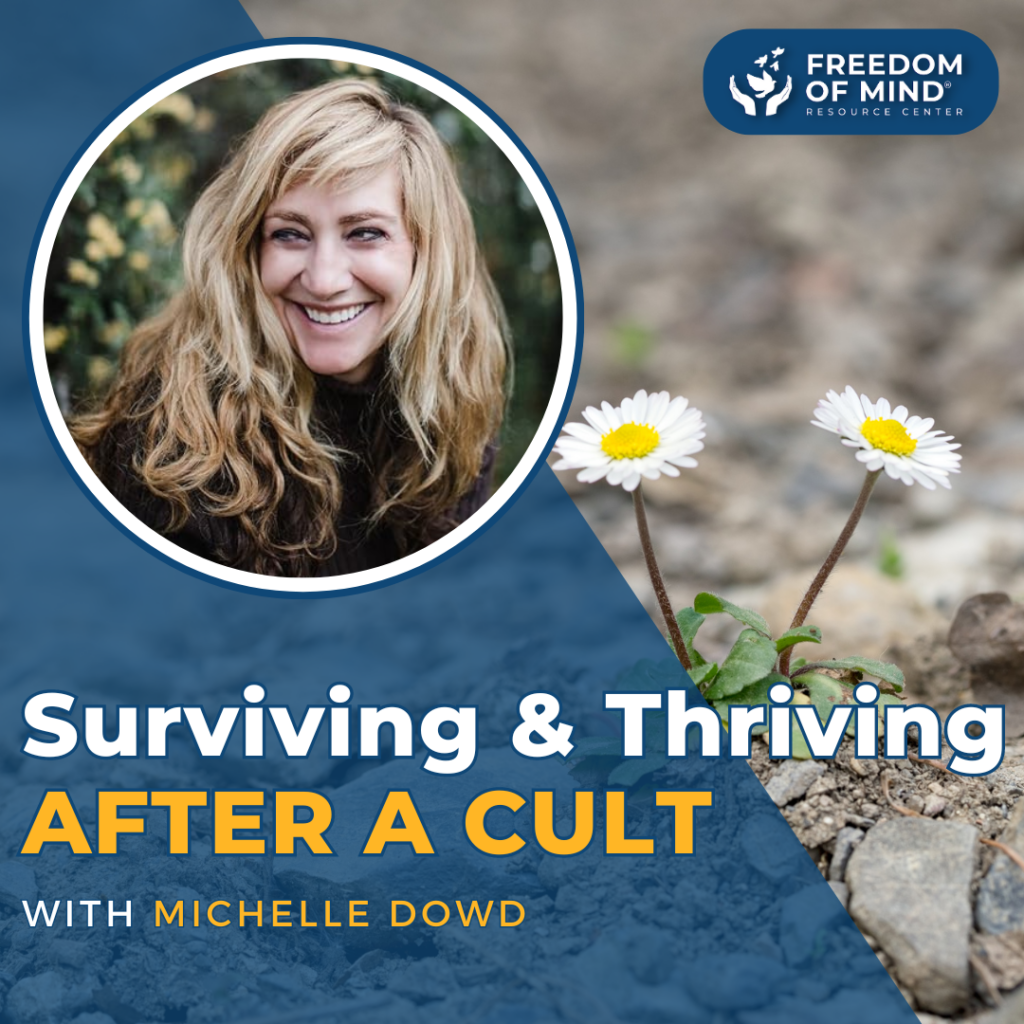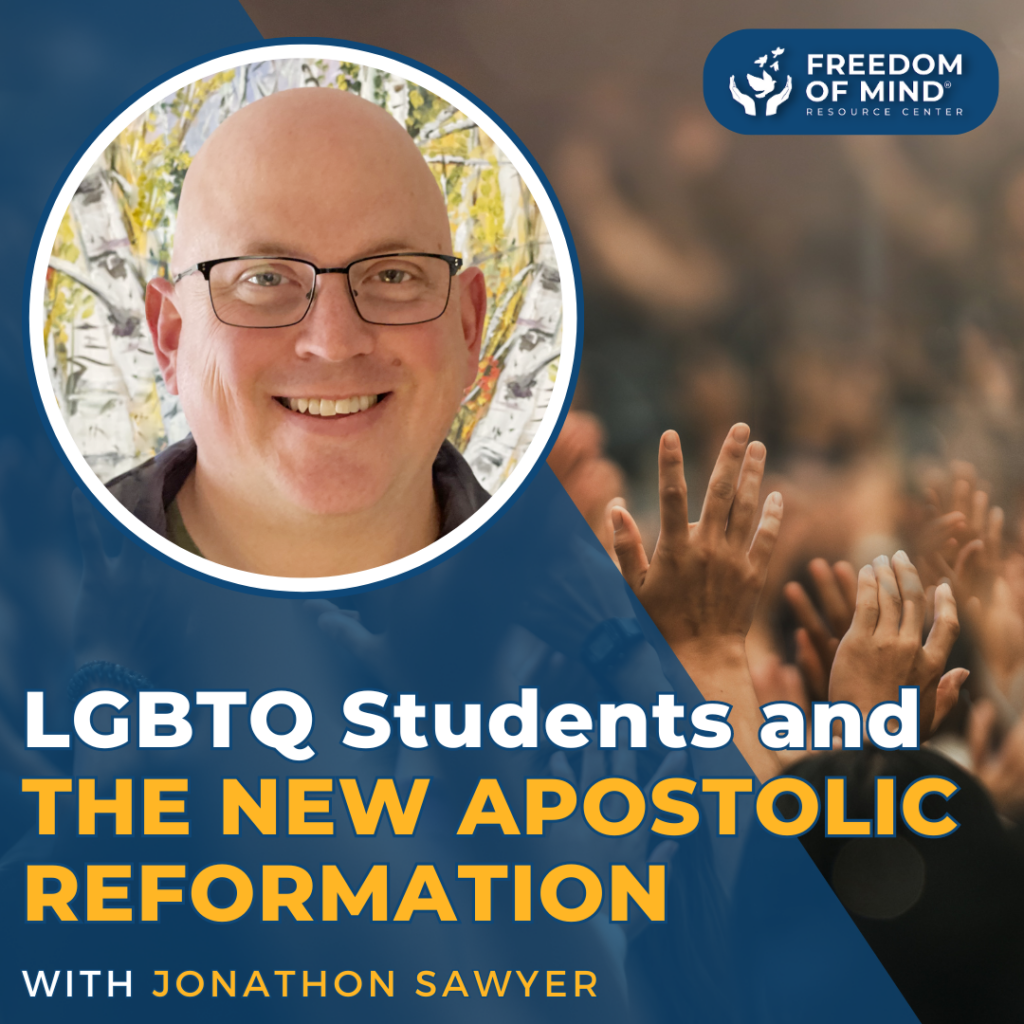
In today’s world, the concept of cult mind control often conjures images of secluded communes and charismatic leaders. However, the insidious influence of cult-like tactics extends far beyond these stereotypes, infiltrating even the most critical areas of public discourse, such as climate science. In a recent episode of The Influence Continuum, I had the privilege of interviewing David Lipsky, author of The Parrot and the Igloo: Climate and the Science of Denial. This enlightening conversation delves into how anti-science sentiments have flourished in American society, drawing unsettling parallels between cult behavior and climate change denial.
The Science of Denial

David Lipsky’s book explores the history and consequences of climate denial, tracing its roots back to the manipulation tactics corporations use to protect their interests. The denial of climate change, despite overwhelming scientific evidence, is a modern tragedy reminiscent of earlier efforts by industries to sow doubt about the harms of products like tobacco and fossil fuels.
Lipsky highlights the role of prominent figures and organizations in perpetuating these falsehoods. He explains how the systematic efforts of climate deniers were akin to the brainwashing techniques employed by cults. These tactics were effective and remarkably damaging, delaying crucial action on climate change for decades.
The History of Climate Science Denial
To truly understand the depth of climate science denial, it’s essential to look back to the early scientific discoveries of the 19th century. Lipsky’s book provides a detailed account of how scientists like John Tyndall and Svante Arrhenius laid the groundwork for our understanding of climate change. In the 1850s, Tyndall was one of the first to identify the heat-absorbing properties of gases such as carbon dioxide and water vapor, demonstrating how they trap heat in the Earth’s atmosphere.
In the 1890s, Svante Arrhenius expanded on Tyndall’s work, quantifying the impact of carbon dioxide on global temperatures and predicting that doubling CO2 levels could significantly warm the planet. Despite these groundbreaking discoveries, the broader public ignored or misunderstood the early warnings about climate change.
Corporate Interests and the Rise of Denial
The modern era of climate science denial began in earnest in the mid-20th century, as industries with significant carbon footprints recognized the threat that scientific consensus on climate change posed to their business models. Lipsky details how the tobacco industry’s strategies to cast doubt on the health risks of smoking were used by fossil fuel companies to undermine climate science.
Key figures like Fred Singer and Fred Seitz, involved initially in obfuscating the dangers of tobacco, were instrumental in sowing doubt about climate change. These scientists were recruited by fossil fuel interests to produce misleading research and promote uncertainty, effectively delaying public and political action on climate change. Lipsky reveals that these efforts were not haphazard but part of a well-funded and orchestrated campaign reminiscent of cult tactics designed to manipulate public perception.
The BITE Model™: Control and Manipulation
My BITE Model™ (Behavior, Information, Thought, and Emotional control) provides a framework for understanding how cults manipulate their members. This model can also be applied to analyze how climate denial has been propagated. Climate deniers have used behavior control by funding scientists to produce misleading research, information control by spreading disinformation, thought control by attacking the credibility of legitimate scientists, and emotional control by instilling fear and uncertainty about the future.
Lipsky recounts how the denial movement found its most influential voices among scientists willing to compromise their integrity for financial gain. Fred Singer and Fred Seitz, two of the most prominent climate deniers, first collaborated at a conference organized by the Unification Church, also known as the Moonies. This group, notorious for its cult-like practices, played a pivotal role in legitimizing climate denial.
The Moonies: A Case Study in Influence
The Unification Church, led by Sun Myung Moon, provides a stark example of how cults can exert significant influence. As a former member of the Moonies, I have firsthand experience and insights into the organization’s operations. The Moonies, adept at using “heavenly deception” to recruit and manipulate members, also extended their tactics to influential scientists.
I recall how the Moonies would hold lavish events to honor politicians and celebrities, using these occasions to create favorable media coverage and gain credibility. This strategy extended to their involvement in climate denial, where they provided platforms for scientists like Singer and Seitz to disseminate their misleading research.
This strategy extended to their involvement in climate denial, where they provided platforms for scientists like Singer and Seitz to disseminate their misleading research. It was a reciprocal arrangement. “The presence of distinguished academics,” the Washington Post reported, “gives Moon the aura of power and influence he seeks.”
Real-World Consequences
The impact of these efforts is profound. Lipsky notes that by delaying action on climate change, these deniers have caused irreparable harm. He shares a poignant anecdote about how early scientists, like John Tyndall and Svante Arrhenius, identified the mechanisms of climate change as far back as the 19th century. Despite their groundbreaking discoveries, the efforts of modern deniers have impeded progress and exacerbated the climate crisis.
Lipsky and I discuss the parallels between the tactics used by climate deniers and those employed by cults. Both rely on undermining trust in legitimate authorities and creating an alternative reality that supports their agendas. This manipulation of truth has left the public confused and paralyzed, unable to take the necessary steps to address the climate emergency.
Strategies for Resistance and Recovery
Understanding these tactics is the first step in combating them. I emphasize the importance of critical thinking and skepticism. It’s crucial to question the sources of information, seek out multiple perspectives, and remain vigilant against manipulation. Lipsky’s book provides a valuable resource in this effort, offering a detailed account of the history of climate denial and the players involved.
I outline recovery strategies for those already affected by cult-like influences. These include exit counseling to restore personal autonomy and establishing support networks to help individuals rebuild their lives. Continued education and awareness are essential to prevent future generations from falling prey to similar tactics.
A Call to Action
The conversation between David Lipsky and me is a powerful reminder of the importance of staying as informed, transparent, and active as possible. The political situation in the United States shows the stark difference between Trump and the GOP being influenced by the Koch Corporation and other fossil fuel corporate giants and countries. Climate change is an existential threat that requires immediate action, and understanding the forces that have hindered progress is crucial. By recognizing the parallels between cult mind control and climate denial, we can better equip ourselves to resist these influences and advocate for meaningful change. Please understand that psychological methods are being used to distract, confuse, and make us feel helpless and hopeless. Nothing could be further from the truth.
Relevant Links:
- David Lipsky’s Amazon Author Page
- The Parrot and the Igloo on Amazon
- How Sun Myung Moon ‘Digested the Scientists’ and Fueled Climate-Change Denial Rolling Stone August 20, 2023
- Freedom of Mind Resource Center
- The Influence Continuum Podcast




